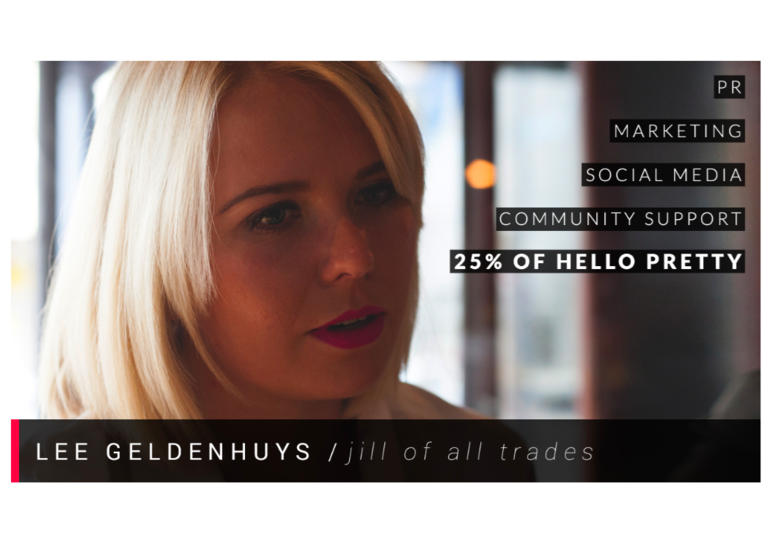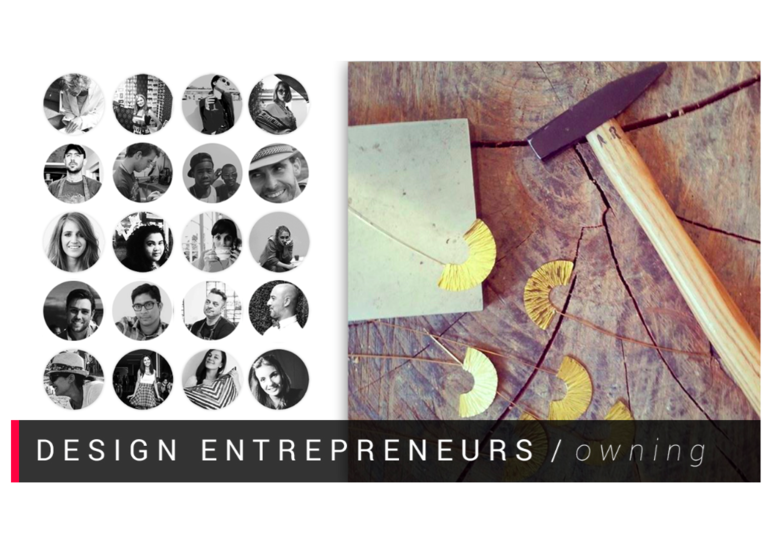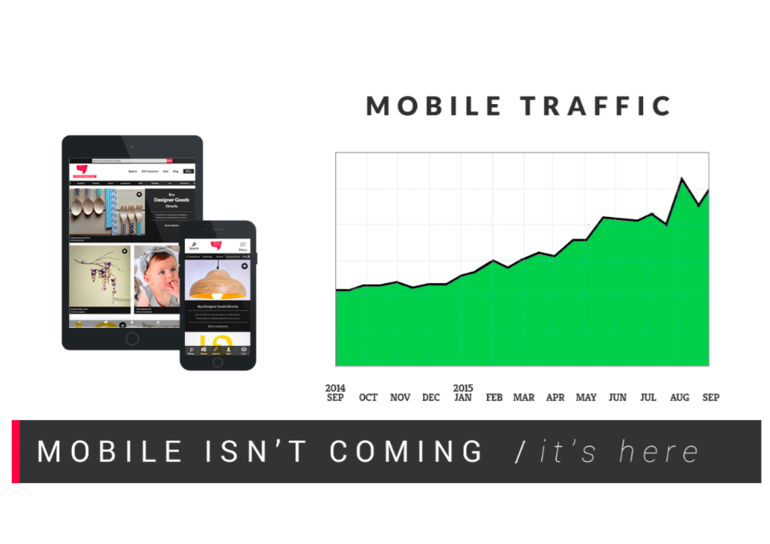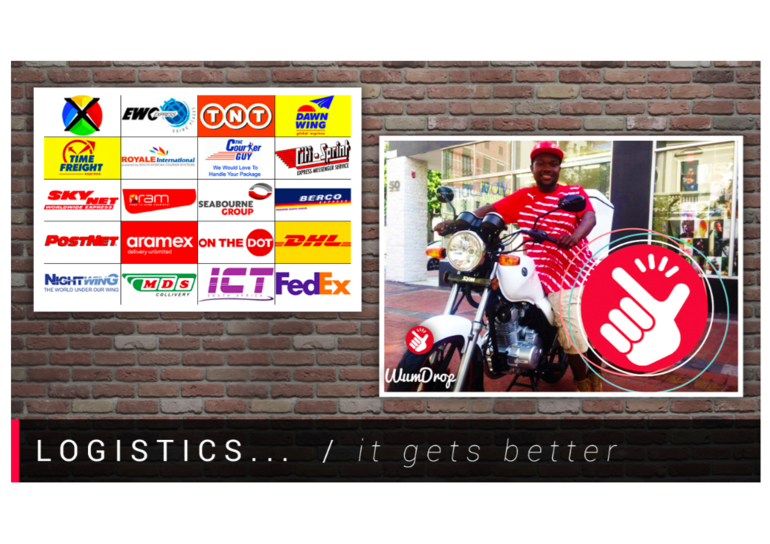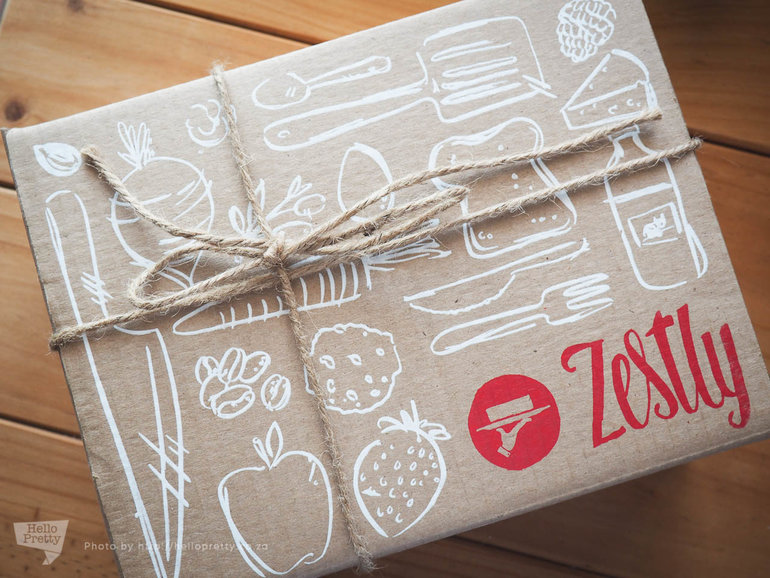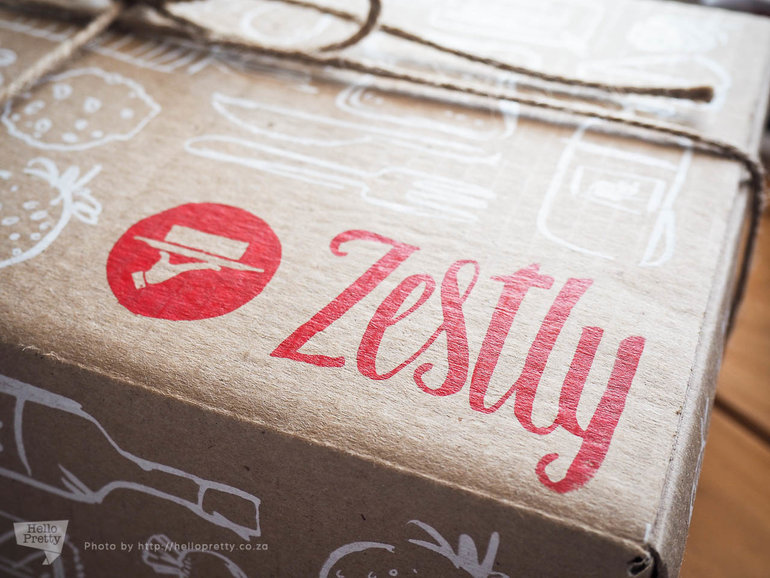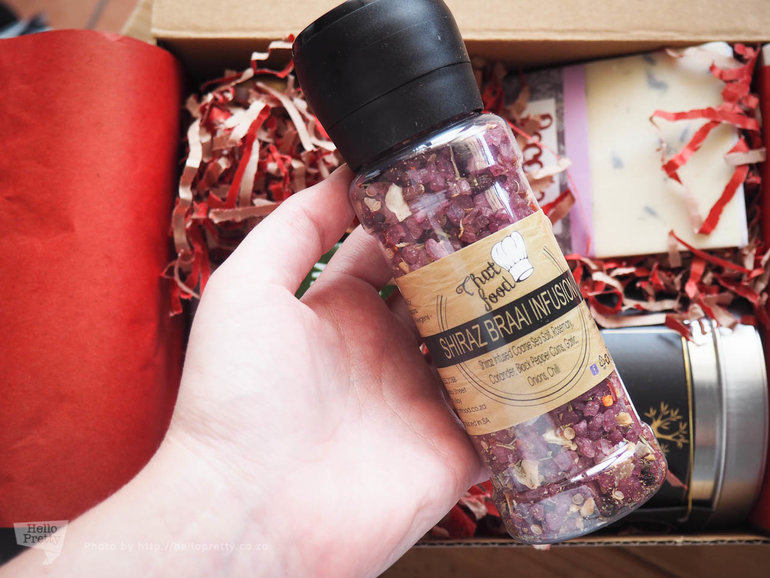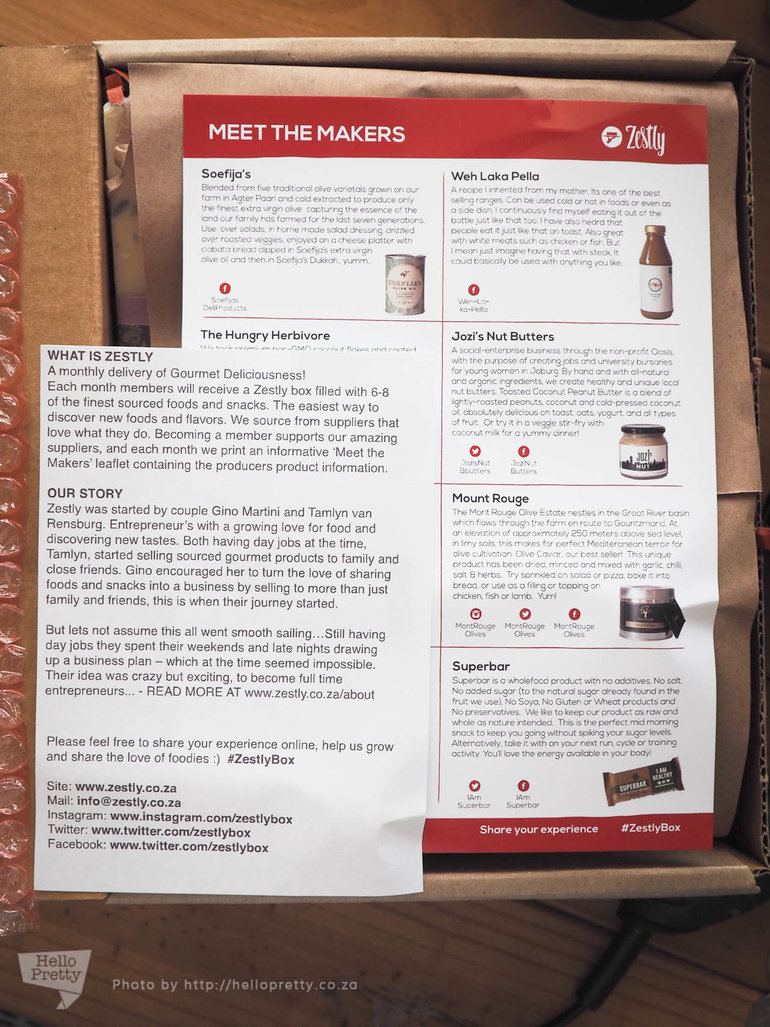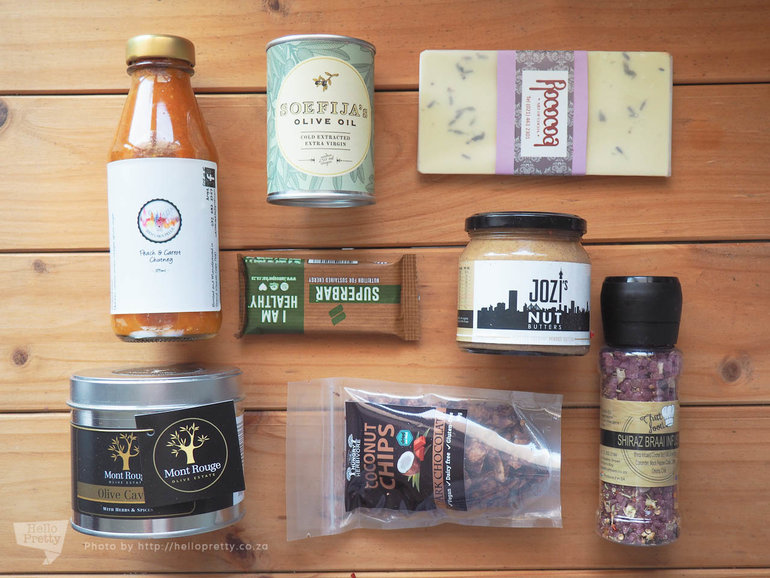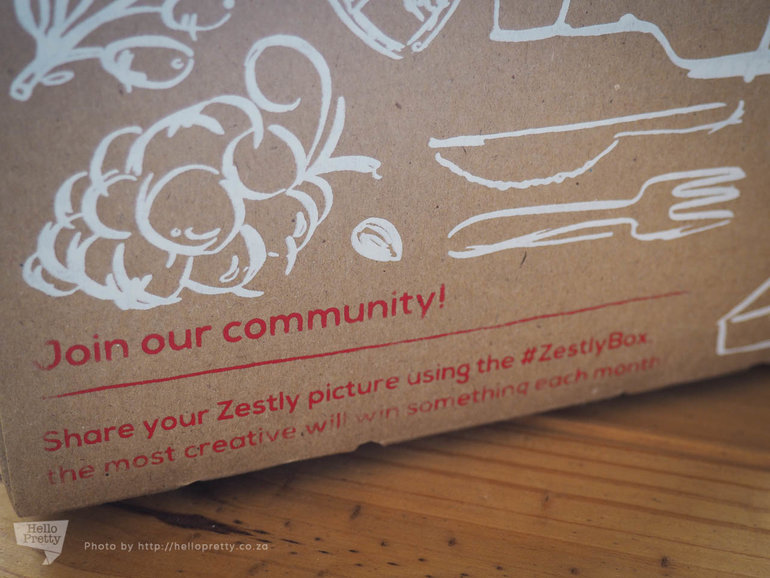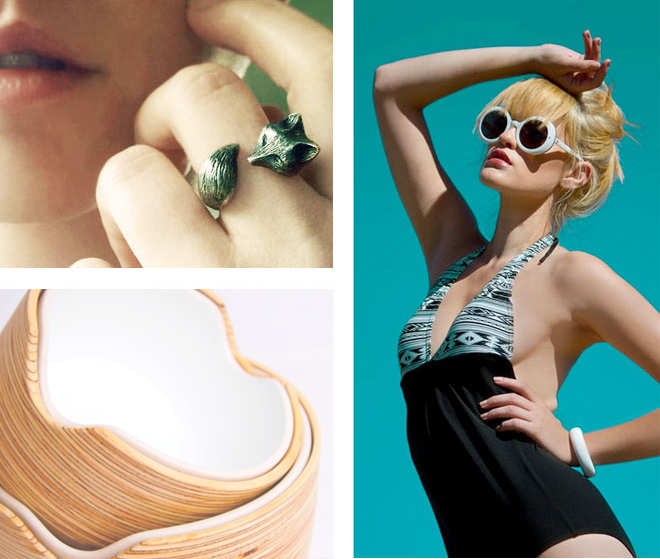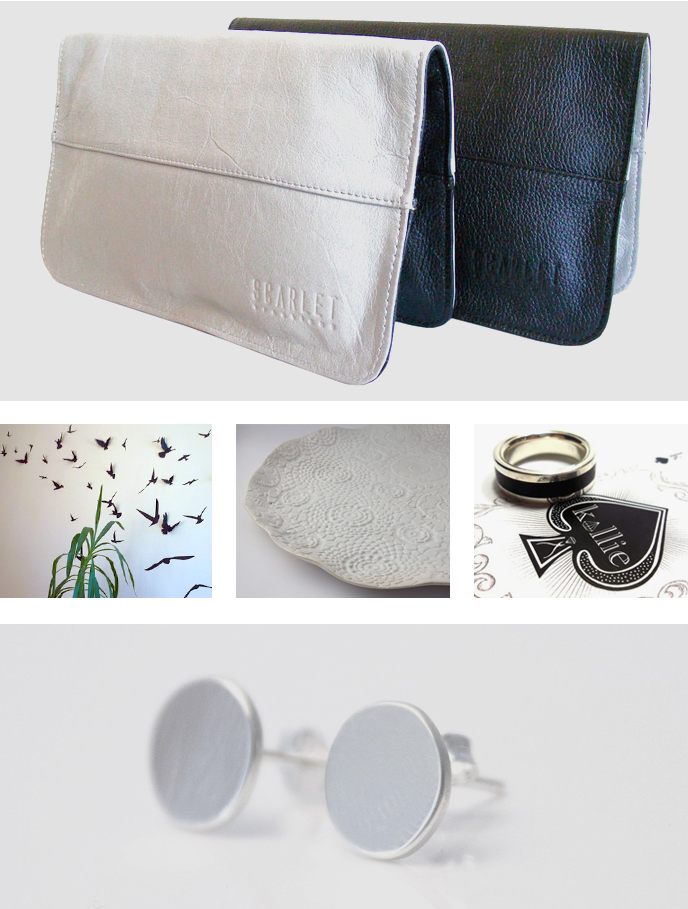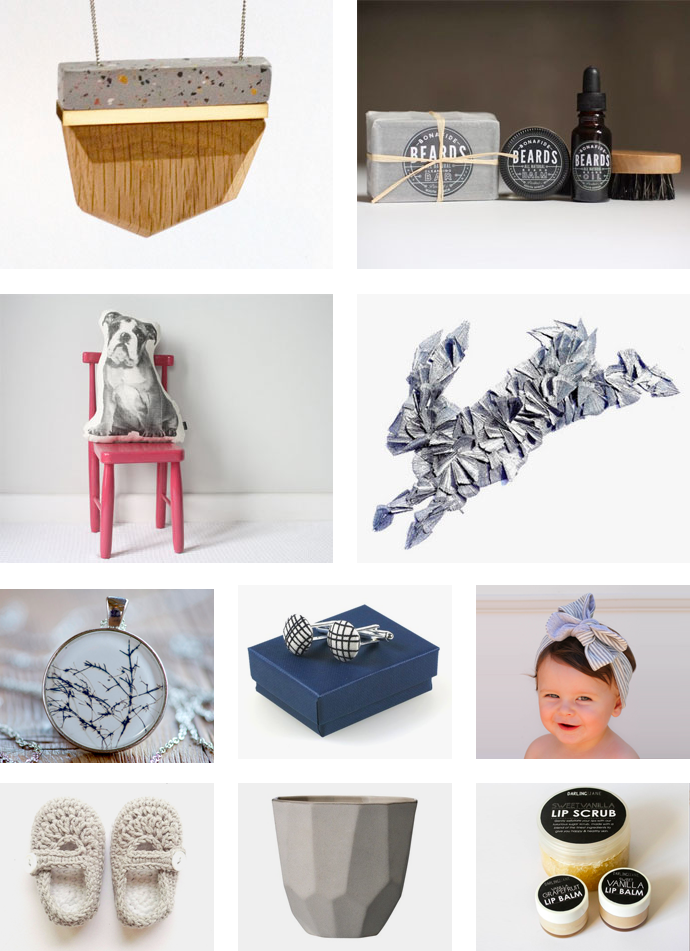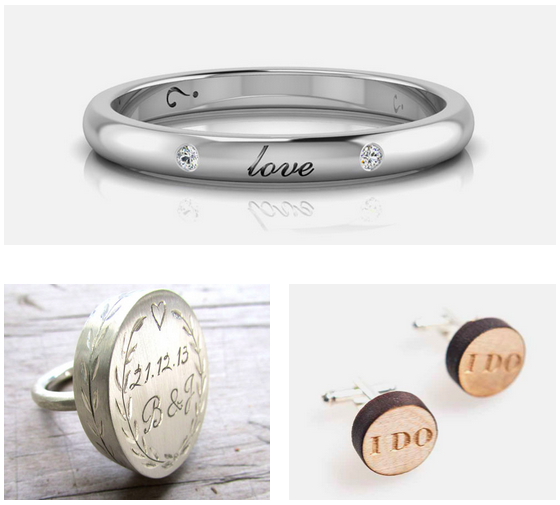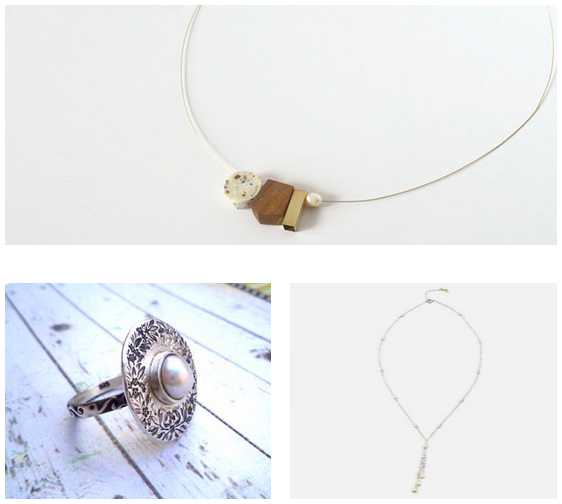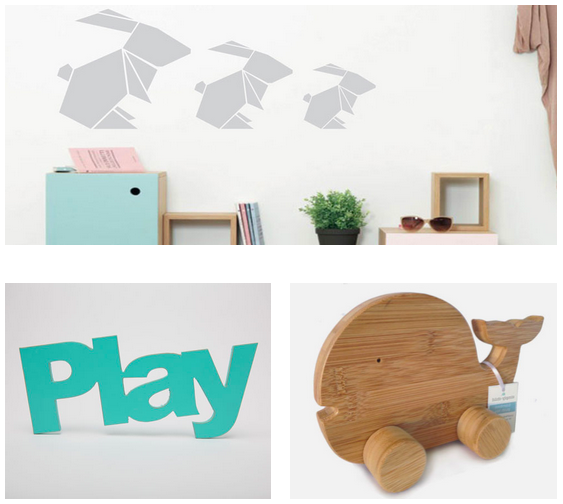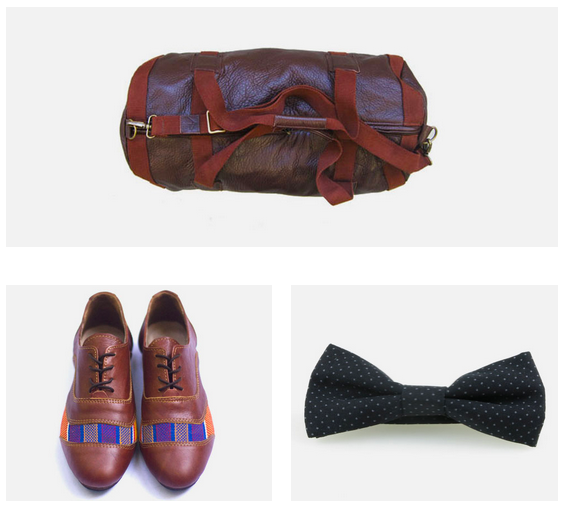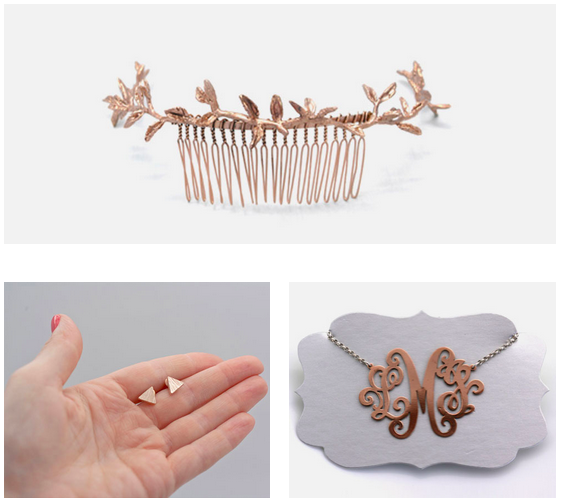Hello Pretty at Business of Design, PART TWO: SELLING ONLINE

**And we're back for round two! Hot on the heels of last week's Part One: Trends, we give you Part Two: how to sell your roducts like hotcakes online. Again, it's long and wordy, but a goodie. Settle in and absorb all of the knowledgey goodness!**
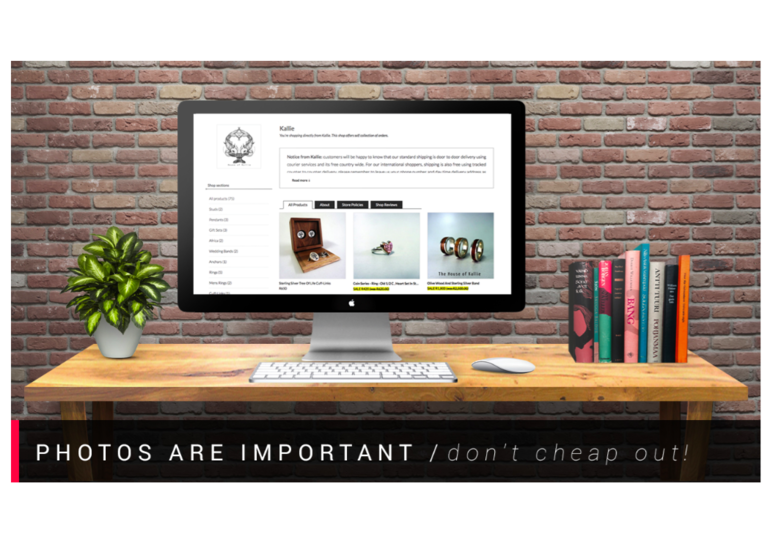
So having done your research about what the ecom industry is doing, how do you take that information and become successful? Well, all you need to get going is a bank account, a smart phone and an idea, and be willing to try.
Find partners that you’re comfortable with. By partners I mean platforms and payment gateways, because we are all going to be a big part of your online retail life.
There are loads of options out there that check all the boxes, with various themes and plugins geared towards ecommerce. Much like with shipping partners, it just requires a bit of time and research. However, it’s still possibly less time and research than setting up a brick and mortar store, with much less capital outlay.
Online does have its own costs though, and many people seem to think it should be free. Luckily you can start small, where your only cost is time - but it still needs to be spent. I say it over and over and over – take the time to do it properly. The more you do it the quicker it will become, but it may take time to gain momentum. We often see people that are dismayed that they haven't immediately made millions – don't be disheartened. Offer a great product and a great customer experience, market yourself well, and your business will grow – it's no different to any other business model.
I recently had a conversation with someone who was convinced that the only way to be successful online is to have a brick and mortar store as well. I had to politely disagree, because to my mind the exact opposite is true. You can be successful as an online only store, as can be seen with the likes of Amazon, but with digital marketing developing the way that it is, you now need an online presence to supplement your physical store, not a physical store to supplement your online presence.
You are able to reach so many more people, and can make items to order instead of having to spend money on stock beforehand and risk not selling those items. Your set up and running costs are considerably less because you can work from your kitchen counter, which has an immediate effect on your proft margins. Your online store is beyond borders, and caters to after hours shoppers. You can reach customers 24/7 with a mobile friendly site. Once you have your platform chosen and ready, and your shipping solution on speed dial, it’s a fairly formulaic approach.
Almost all online shopping issues we've had to deal with that isn't tech related have been
about images, shipping and advertising - how many of you have bought something online? And how many of you are put off by bad photos, or a lack of information? It immediately effects your level of trust. How many of you have been put off by having to pay extra for shipping?
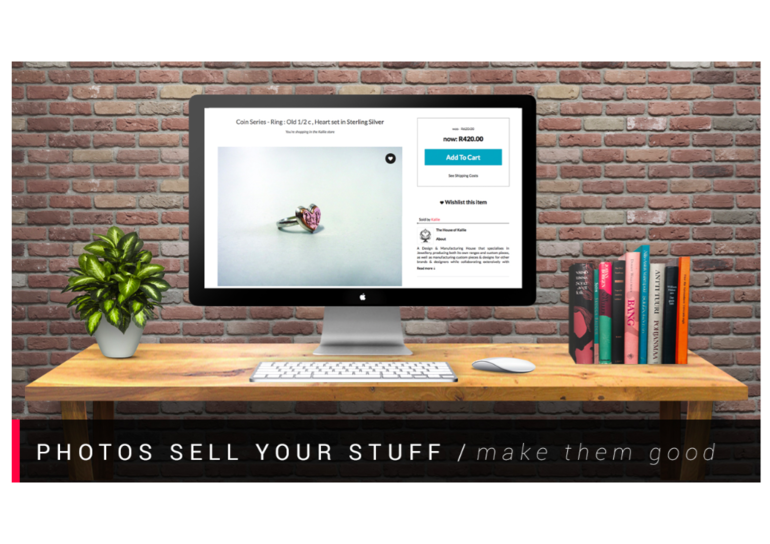
PRODUCT PHOTOS:
Good product photos are vital, since customers are actually buying photos, not products at this point. They rely on them since they can't see the product in person. When we say “don’t cheap out,” we don’t mean that you have to run out and pay a fortune for a professional photoshoot. But do the best that you can afford, even if it's just from a smartphone.
There are so many great editing apps and tutorials on Pinterest and YouTube on how to easily take great photos that there are very few excuses for poor product images. The example on the slide is from the House of Kallie store page - the photos are all cohesive and play nicely together, making visiting their page easy on the eye, and so a pleasant user experience. You sort of just want to hang out there because it's pretty and nice – which is what you want!
If you can afford professional photography, do it. If not, learn to do it yourself, to the best of your ability. Become your own pro!
I always recommend having a clear, from the front image of the product as the main hero image. Customers need to be able to see what your product is immediately – if they can't they'll just keep scrolling. Have photos from different angles and a close up photo of details. I also usually suggest having photos of the products in use, so customers can get an idea of scale. Again, you don’t need fancy equipment for this - good, clear lighting, staging the product in a way that background doesn’t distract from the item itself. Some simple editing apps to brighten everything up can sort you out in no time.
A recent photo plagiarism scandal swept across Twitter involving someone who used our platform at the time - we’ve always joked that we should get embroiled in some sort of scandal for the publicity - we quickly saw just how much we actually wanted to avoid that when it involved screenshots of a Hello Pretty logo! But it goes to show how important it is to be respectful of your community. You want people to respect your craft, so you should respect other people’s craft - you have to be honest and representative in all your photos and your business as a whole.
Internet users at large, especially on social media, have come to demand transparency and accountability from brands. This unfortunately wasn’t the frst time we’ve had to deal with plagiarism claims, and due to the broadness and reach of the internet, I doubt it will be the last. As with all things, in any business, and excuse my french, just don’t be an asshole.
Product descriptions go hand in hand with photos, but only really require that you give a detailed description of the item - the size, materials, a back story if there is one. Remember that you are in sales - you need to make your product and your brand as appealing as possible!
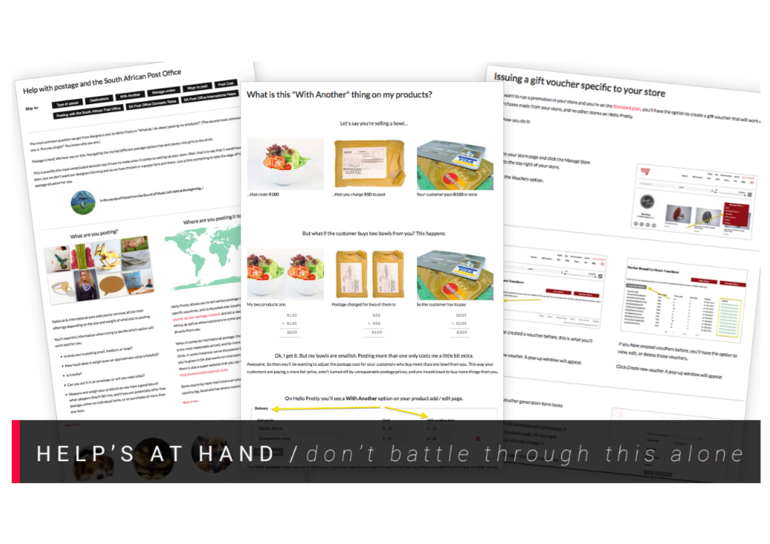
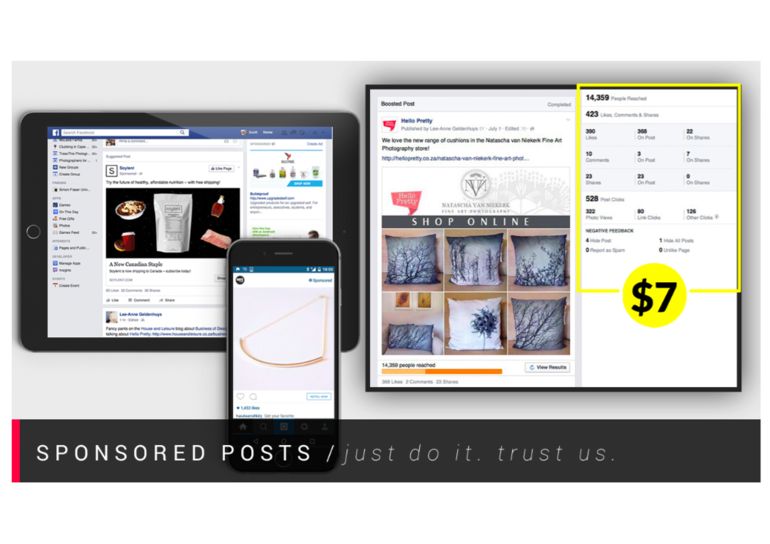

SHIPPING: - back to this bugbear.
Once you've found a service that suits your business needs, you need to set up a fee
structure for customers.
We've come to fnd that customers HATE paying for shipping - they would rather pay more for an item with free shipping. It's a negative perception that people seem to have - almost as though they feel it’s a hidden expense. I have friends that actually log out entirely when they see a separate shipping charge as they go through the checkout process. We encourage sellers to build their shipping fee (or part of it) into their product price and offer free or cheaper shipping. That way the customer feels that they’re paying a once off, all inclusive fee, as opposed to having to pay for what they feel are hidden add ons. Your offering all of a sudden appears to be of more value to your customer, and can be an effective incentive for them.
Something interesting that we’ve come across is that the product price sweet spot is R250 - R500. Anything less than that can seem as though it’s not worth the effort of going through the whole ordering process and then waiting for delivery and so forth. Anything more than that becomes more of a splurge item - something that needs to be saved for. Our average sale price is between R500 and R600, and this stays the same month on month. We’re defnitely not saying this is the be all and end all of online shopping, but it’s what we’ve seen happen repeatedly over the course of the last three years.
Detailed store policies are also important, but needn't be overly lengthy and involved. Simply stating the manufacturing lead time, shipping lead times, shipping method used, returns policies which are especially important when dealing with clothing items, and a sizing chart if you need it will do the trick. Again, because customers cannot see or handle the items in person, you need to give them as much information as possible to put their minds at ease.
And most importantly,
MARKETING
You have your platform, payment gateways and friendly local courier all set up. You have beautiful product photos and product descriptions and store policies that we will write songs about. Now what?
We put a huge amount of effort into marketing and promoting the site and our designers, but at the end of the day there are over 1500 designers on the site, and we can't monitor everyone at all times. As we're a marketplace and not a traditional online store, the bulk of the marketing must come from the individual designers themselves, but this applies no matter what your business is. As with normal brick and mortar businesses, the people who make the most sales are the ones that actively promote their store and their products. You can’t sit back and rely on customers to simply come rushing in - you need to go out and fetch them. People won’t know to buy from you if they don’t know where to fnd you, or if you even exist.
Leverage social media. To get your brand out there, it's important to post regularly and interact with your followers as much as you can. When you mention a product, link directly to it, instead of just to your store - this leads potential customers straight to the thing that caught their eye. Online consumers tend to have short attention spans - make buying from you easy for them by removing as many barriers to entry as possible.
Social commerce is catching up fast, with various social media platforms continuing to roll out features to facilitate online shopping, like “buy now” buttons or store embeds on Facebook. Instagram, Twitter and Pinterest are all following suit.
Unfortunately we can no longer really escape paid media. We have and continue to experiment in the various social media platform ad offerings, but for someone starting out, we’ve noticed the most effective and cost friendly manner in which to drive sales is still Facebook advertising. We've found it to be the most bang for your buck in South Africa at the moment, because the market isn’t as saturated as abroad just yet. We've seen better results with promoted posts as opposed to normal Facebook adverts, simply because they seem to drive sales in a more direct manner. Again, this is not the be all and end all of paid media and doesn't need to be expensive – we've seen notable results R100 at a time.
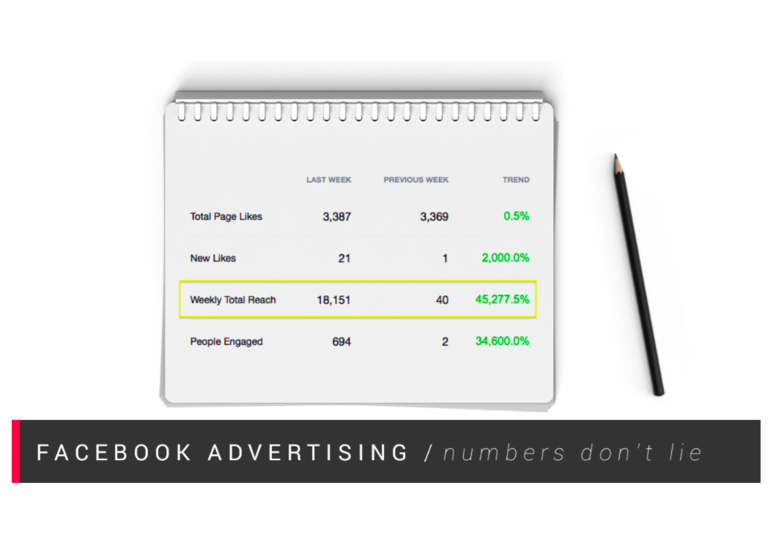
**And so you have it! Our Business of Design presentation broken down into two parts for your reading pleasure. Let us know if you use any of our information, have feedback or suggestions, or need an extra hand! Go out and make some moolah!**




